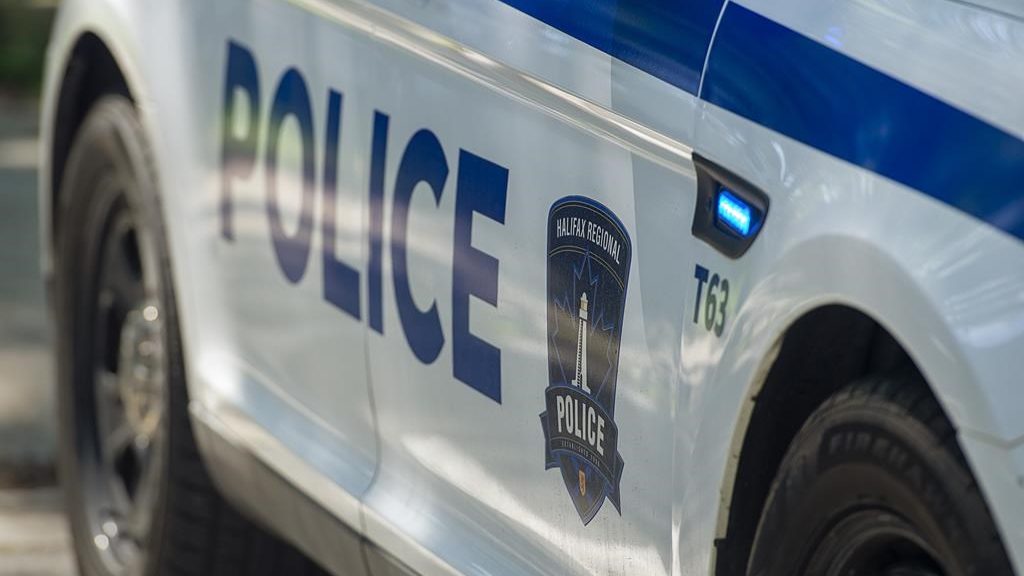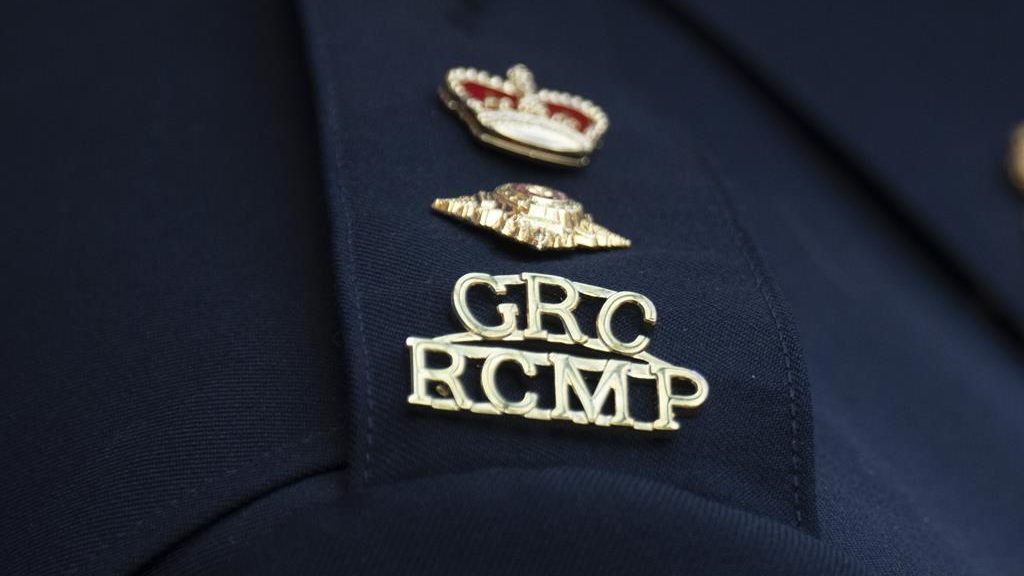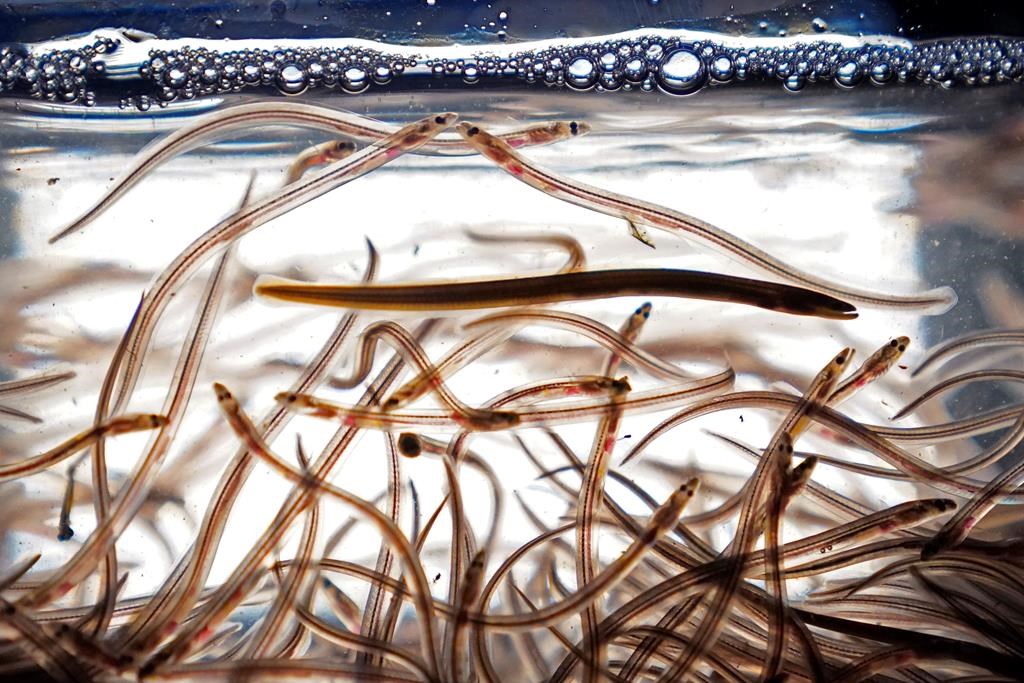‘Astonishing he even survived:’ The story of firefighter Billy Wells in the Halifax Explosion
Posted Dec 6, 2018 09:06:00 AM.
This article is more than 5 years old.
As a ship burned in the Halifax Harbour on the morning of Dec. 6, 1917, a crew of firefighters hopped on the city's brand new pumper and headed to the scene.
The Patricia was a state-of-the-art piece of equipment, the first motorized firefighting apparatus used in Canada.
“You can imagine the first responders of the day in 1917, rushing towards what they thought was just a fire down by the pier,” said Bruce Nunn, author of Nova Scotia History With A Twist. “They're rushing towards it with no idea of what lay ahead.”
At 8:45 a.m. that morning, SS Mont-Blanc, fully-loaded with wartime explosives, had collided with the Norwegian ship SS Imo in the part of harbour called 'The Narrows.'
About 20 minutes later, the Mont-Blanc exploded, killing 2,000 people and injuring another 9,000. The blast obliterated buildings and structures in the largest man-made explosion prior to the development of the atomic bomb.
The crew of the Patricia was at ground zero.
Behind the wheel of the vehicle was a man named Billy Wells.
Nunn told NEWS 95.7's The Rick Howe Show, Wells was backing the Patricia up to a fire hydrant at the foot of Richmond St. when the Mont-Blanc exploded. The resulting tidal wave carried him up the hill.
“When the wave brought him back down Richmond Hill, he got tangled up in the telegraph wires, and hard to believe, but he looked down and he was still holding the wheel of the Patricia in his hand,” he explained.
The blast blew the clothing off his body.
“All he had left on was his pants and one boot, and there he was, bleeding and quite profusely hurt.”
Wells was the only firefighter in his crew to survive.
The Halifax Explosion remains the largest loss of life for firefighters in Canadian history.
Fire Chief Edward Condon, Deputy Chief William Brunt, Captain William Broderick, Captain Michael Maltus, Hoseman John Spruin, Hoseman Walter Hennessy, Hoseman Frank Killeen, Hoseman Frank Leahy and Hoseman John Duggan were all killed as a result of the blast.
Nunn said Maltus replaced a man who couldn't respond because he had the flu.
“And there was this other firefighter, Albert Brunt, he met the Patricia and the crew as it was speeding towards the fire,” he said. “He tried to jump on the back but he missed, kind of badly skinned his knees.”
“There he was, lying on the road with all his buddies on the Patricia waving and laughing at him as they were basically heading off towards their death.”
Nunn said the badly hurt Wells helped a couple of young children crying in the street before collapsing.
“He was picked up, taken to the chaos of the hospital. He lay somewhere in a hallway for two days bleeding until he could be treated. He was permanently scarred, but he lived a good long life.”
He said Wells went on to become a crossing guard at Russell and Gottingen streets, not far from where his crew lost their lives.
Wells died in 1971.
A monument to the fallen firefighters stands at the Lady Hammond Road fire station.










